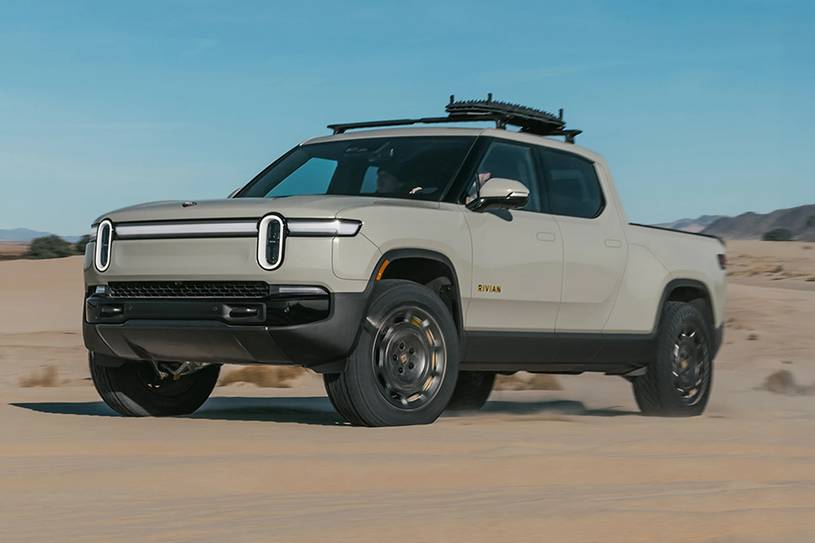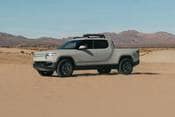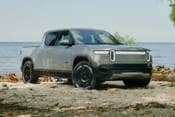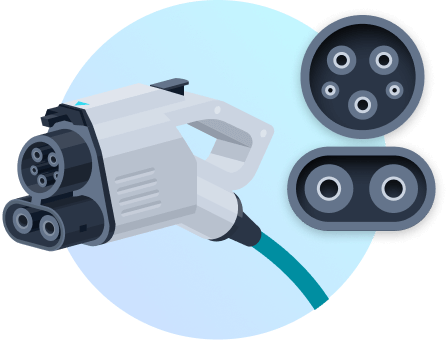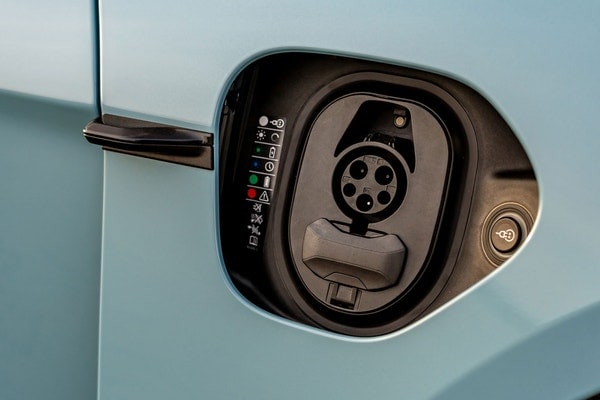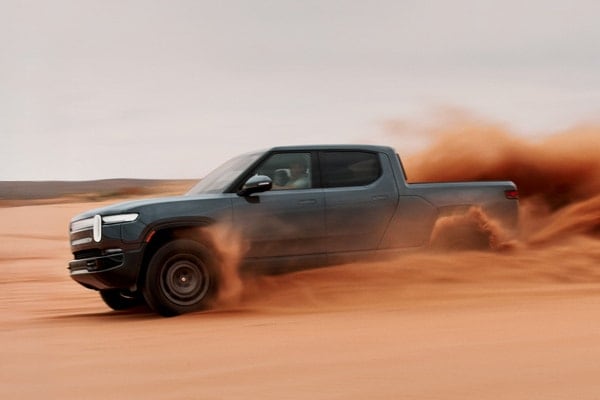2025 Rivian R1T
Price Range: $69,900 - $99,900
Helpful shopping links
2025 Rivian R1T videos
Edmunds Top Rated 2025 | The Best Cars, Trucks and SUVs for 2025
Every year, the Edmunds Top Rated Awards are given to the best new cars, trucks and SUVs on the market. Each one of these vehicles has undergone Edmunds' exhaustive rating and review process, including performance testing, static measurements and a standardized road test. In this video, our team of experts overviews the Edmunds Top Rated vehicles for 2025 — including the… winner of our coveted Best of the Best award.
PRICE CHECKER™
Check a dealer's price
Bring back a dealer's quote, and we'll tell you if it's a good price!
Check your price quote
Price:
$ -
Graph shown is a sample only
FAQ
Is the Rivian R1T a good car?
The Edmunds experts tested the 2025 R1T both on the road and at the track, giving it a 8.4 out of 10. Edmunds’ consumer reviews show that the 2025 R1T gets an average rating of 3 stars out of 5 (based on 1 reviews) What about cargo capacity? When you're thinking about carrying stuff in your new car, keep in mind that carrying capacity for the R1T ranges from 21.6 to 22.8 cubic feet of trunk space. And then there's safety and reliability. Edmunds has all the latest NHTSA and IIHS crash-test scores, plus industry-leading expert and consumer reviews to help you understand what it's like to own and maintain a Rivian R1T. Learn more
What's new in the 2025 Rivian R1T?
According to Edmunds’ car experts, here’s what’s new for the 2025 Rivian R1T:
- Three-motor Tri Max and quad-motor Quad Max models
- Ascend trim level
- Updated infotainment system includes access to apps like Spotify
- Part of the first R1T generation introduced for 2022
Is the Rivian R1T reliable?
To determine whether the Rivian R1T is reliable, read Edmunds' authentic consumer reviews, which come from real owners and reveal what it's like to live with the R1T. Look for specific complaints that keep popping up in the reviews, and be sure to compare the R1T's 3-star average consumer rating to that of competing vehicles. Learn more
Is the 2025 Rivian R1T a good car?
There's a lot to consider if you're wondering whether the 2025 Rivian R1T is a good car. Edmunds' expert testing team reviewed the 2025 R1T and gave it a 8.4 out of 10. Our consumer reviews show that the 2025 R1T gets an average rating of 3 stars out of 5 (based on 1 reviews). Safety scores, fuel economy, cargo capacity and feature availability should all be factors in determining whether the 2025 R1T is a good car for you. Learn more
How much should I pay for a 2025 Rivian R1T?
The least-expensive 2025 Rivian R1T is the 2025 Rivian R1T Dual Standard 4dr Crew Cab AWD SB w/Standard Battery, Adventure Interior (electric DD). Including destination charge, it arrives with a Manufacturer's Suggested Retail Price (MSRP) of about $69,900.
Other versions include:
- Dual Standard 4dr Crew Cab AWD SB w/Standard Battery, Adventure Interior (electric DD) which starts at $69,900
- Dual 4dr Crew Cab AWD SB w/Large Battery, Adventure Interior (electric DD) which starts at $76,900
- Dual 4dr Crew Cab AWD SB w/Max Battery, Adventure Interior (electric DD) which starts at $83,900
- Tri 4dr Crew Cab AWD SB w/Max Battery, Ascend Interior (electric DD) which starts at $99,900
- California Dune 4dr Crew Cab AWD SB w/Max Battery (electric DD) which starts at $99,900
What are the different models of Rivian R1T?
If you're interested in the Rivian R1T, the next question is, which R1T model is right for you? R1T variants include Dual Standard 4dr Crew Cab AWD SB w/Standard Battery, Adventure Interior (electric DD), Dual 4dr Crew Cab AWD SB w/Large Battery, Adventure Interior (electric DD), Dual 4dr Crew Cab AWD SB w/Max Battery, Adventure Interior (electric DD), and Tri 4dr Crew Cab AWD SB w/Max Battery, Ascend Interior (electric DD). For a full list of R1T models, check out Edmunds’ Features & Specs page. Learn more
